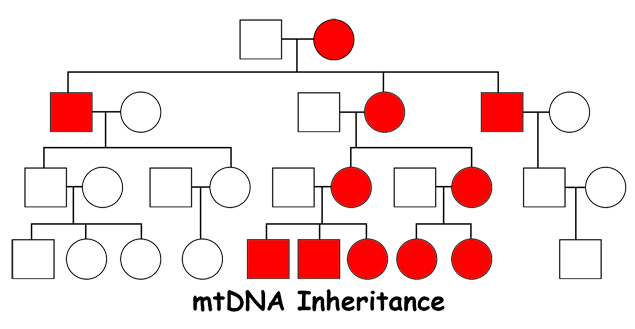Those “old tests” are not so “old hat”
It’s an understandable question these days, with all the emphasis on autosomal DNA and finding cousins out there with whom to share our research efforts.
“Is there any value any more,” people sometimes ask, “in doing any DNA testing other than autosomal?”
The question came up again yesterday when The Legal Genealogist was part of A Day of Genealogy with the wonderful folks from the St. Mary’s County Genealogical Society in southern Maryland.
We’d just finished a full hour talking about all the promises (and the pitfalls!) of autosomal testing, and so it was understandable that one person wanted to know: “Is there any reason any more to do the YDNA test?”
But let there be no mistake on the answer whatsoever:
Oh, yes.
Yes, yes, yes.
Because as wonderful, as exciting, as innovative as autosomal DNA testing is and can be, it often can’t give us a clear-cut answer to the one question we most want to have a clear-cut answer to:
Am I descended from — or at least related to — that one man or that one woman?
Perhaps the clearest way of showing this is to look one more time at how the different kinds of DNA are passed down the generations.
YDNA begins with one man, somewhere back in time, and he passes his YDNA down to his sons, his sons to his grandsons, his grandsons to his great grandsons and so on down through the generations with relatively few changes over many many years.1

So anybody who shows up in blue is related to everybody else who shows up in blue. It’s a fairly easy matter to chart out who is and who isn’t in the direct male line in a family tree using YDNA. Two people who test and match have one basic line to trace to find the common ancestor.
Mitochondrial DNA (mtDNA) begins with one woman, somewhere back in time, and she passes her mtDNA down to all of her children, but only her daughters pass it to her grandchildren, and only her granddaughters pass it to her great grandchildren, and so on down through the generations with relatively few changes over many many years.2

So anybody who shows up in red is related to everybody else who shows up in red and it’s again a fairly easy matter to chart out who is and who isn’t in the direct female line using mtDNA. And, once again, two people who test and match have one basic line to trace to find the common ancestor.
Autosomal DNA is fundamentally different. It doesn’t start with one man or one woman; it starts with a couple. The parents each create a random mix of the autosomal DNA they received from their parents and that’s what get passed to their children. Every single generation, the DNA gets jumbled up that way, and the result means that each person who is tested can have bits and pieces of DNA from every single person in their family tree back four, five, six generations or more.3

On this chart, the man at the bottom will have likely received some segments of autosomal DNA from every single person shown in blue or red or green. So when he tests and matches someone else, it’s not so easy to figure out which one of all those people represents the line to trace to find the common ancestor, is it?
That’s why — when there is a direct male line descendant or a direct female line descendant to test — it’s so much easier to test a theory with YDNA or mtDNA than it is with autosomal DNA. And why the answer to the question we started with — is there any reason to do other types of DNA testing — is yes, yes, yes.
SOURCES
- See ISOGG Wiki (http://www.isogg.org/wiki), “Y chromosome DNA tests,” rev. 5 March 2014. ↩
- See ISOGG Wiki (http://www.isogg.org/wiki), “Mitochondrial DNA tests,” rev. 9 July 2014. ↩
- See ISOGG Wiki (http://www.isogg.org/wiki), “Autosomal DNA,” rev. 26 July 2014. See also Judy G. Russell, “Autosomal DNA testing,” National Genealogical Society Magazine, October-December 2011, 38-43. ↩


